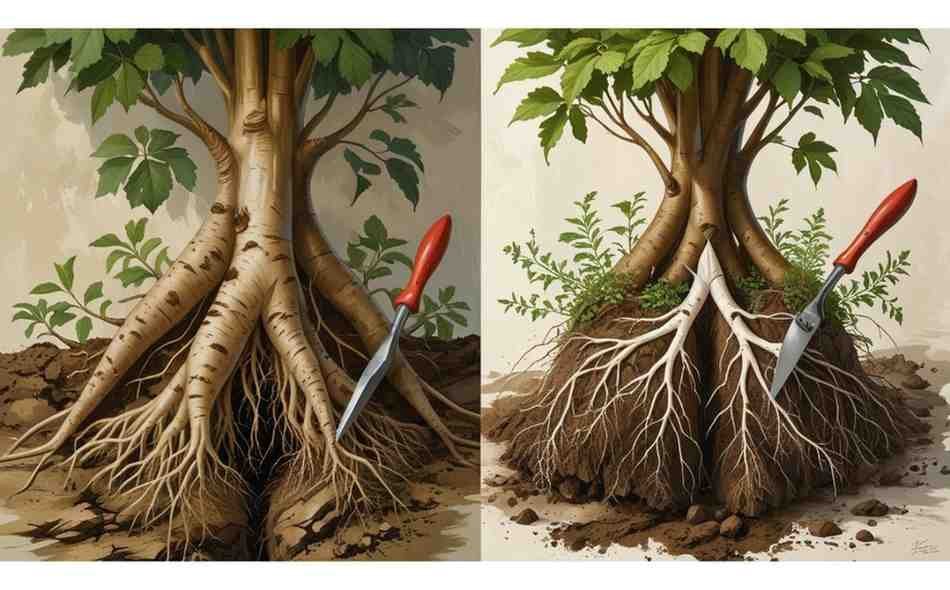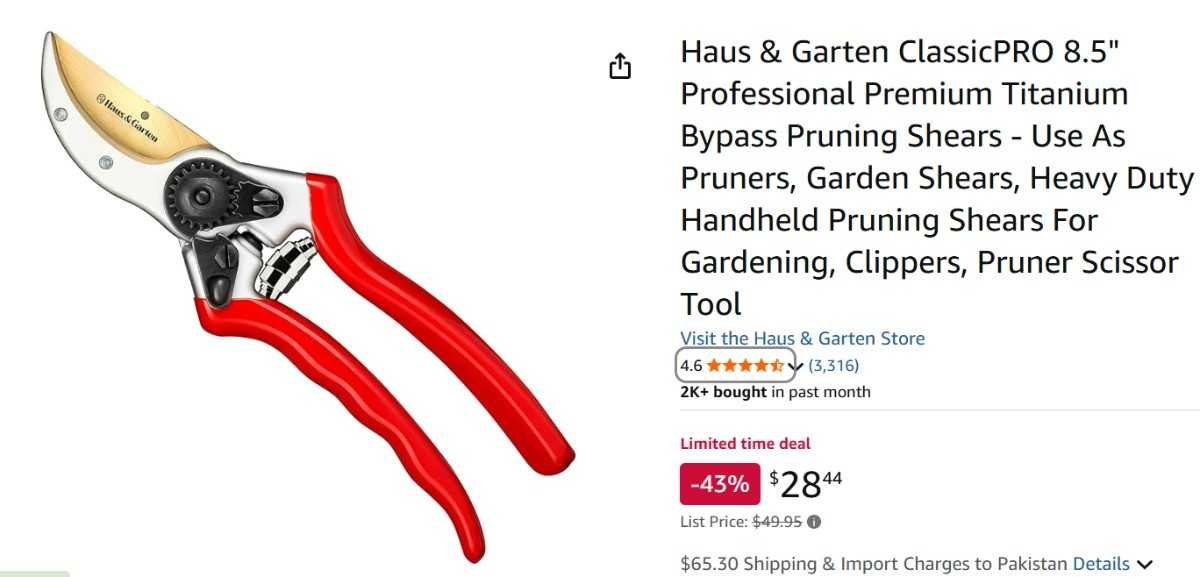Root pruning. Sounds like something tiny. Like trimming a bonsai. But in agriculture, it’s bigger. Way bigger. It’s not about snipping leaves. Or shaping a hedge. It’s about going underground. Literally. Farmers and gardeners have been using root pruning for centuries, often without even calling it that. It’s an art, but also a science. And if you’ve never heard of it, you’re about to step into a whole new way of looking at plant growth. Let’s peel back the soil and see why cutting roots can make plants stronger.
The Simple Answer – Root Pruning Defined
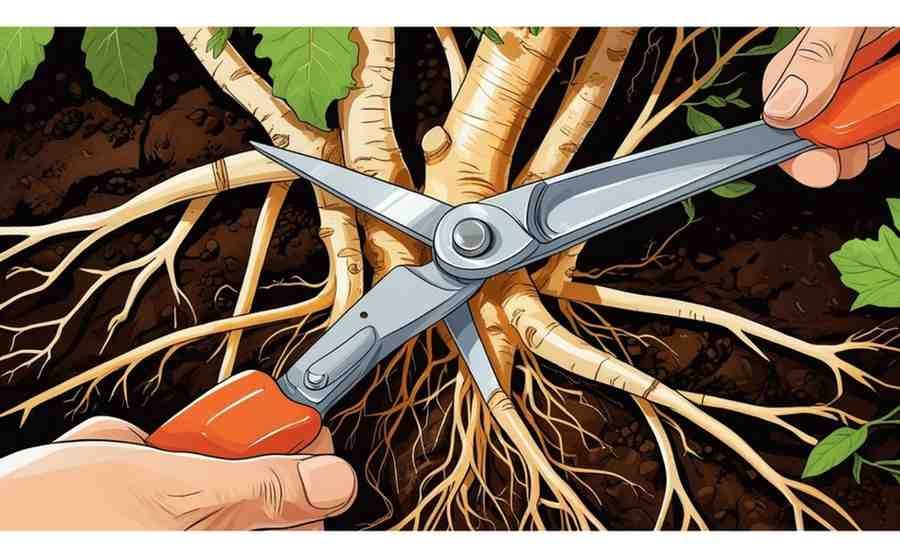
Root pruning in agriculture is the deliberate cutting or trimming of plant roots. Sounds cruel? It isn’t. Not if done right. Root pruning encourages new, healthier root growth. It’s like a wake-up call for plants. You cut certain roots, and the plant responds by creating fresh, fibrous roots. These are better at absorbing water and nutrients. Farmers use root pruning for many reasons — to control size, improve transplant success, or boost fruiting. It’s like telling the plant, “Hey, grow smarter, not just bigger.” Done wrong, it’s a disaster. Done right, it’s magic.
A Quick Story from the Field
A farmer in Punjab once told me something interesting. He said, “A tree grows for itself until you prune it. Then it grows for you.” He wasn’t just talking about branches. His mango orchard was proof. He used root pruning every year before the flowering season. Why? Because it shifted the tree’s energy from growing leaves to producing fruit. That year, his harvest almost doubled. And the sweetness? Off the charts. Root pruning didn’t just change his yield. It changed the whole flavour game. This is the kind of subtle power most people don’t see.
Why Root Pruning Works
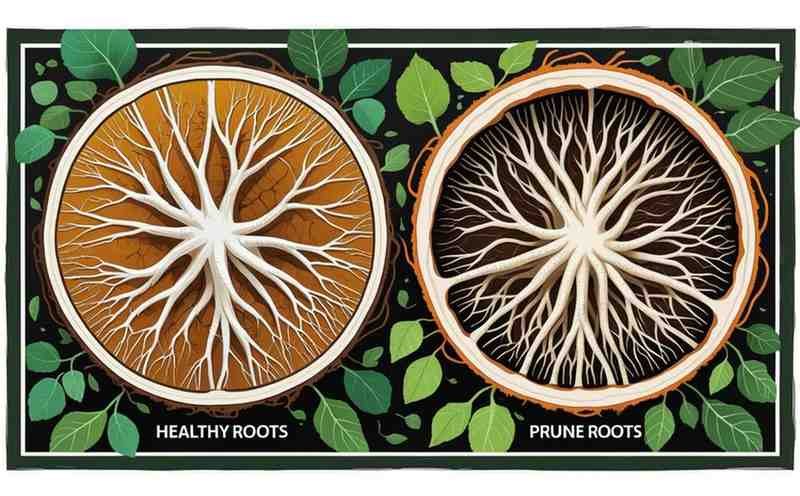
When you cut roots, you trigger a biological reaction. The plant senses damage. It switches gears. Instead of sending energy to far-off roots, it starts developing dense root systems closer to the trunk. These are feeder roots — the nutrient collectors. With more of them, the plant absorbs water and minerals faster. In agriculture, this is gold. Faster growth and stronger stems are often accompanied by better fruit. The root pruning will also help to prevent plants from becoming root-bound, which is a problem in tightly packed soil or containers. It’s less about damage, more about direction.
Benefits of Root Pruning in Agriculture
Root pruning has more perks than you’d think. Here are some farmer-approved advantages:
- Better nutrient uptake – Fibrous roots are better feeders.
- Improved transplant survival – Stronger roots adapt quicker.
- Controlled plant size – Prevents overgrowth.
- Stimulated fruiting/flowering – Energy shifts from leaves to produce.
- Disease prevention – Removes weak or damaged roots.
- Soil space management – Stops root overcrowding.
These benefits make root pruning a common practice in orchards, nurseries, and even vegetable farms. It’s not just about growth. It’s about control.
The Right Time for Root Pruning
Timing is everything. In agriculture, root pruning is usually done before planting season or just before a growth phase. For trees, it’s often a few months before expected flowering or fruiting. For vegetables, it might be mid-season to encourage a second flush of growth. Too early, and you risk stunting. Too late, and the plant won’t recover in time. Most experts suggest cooler months or periods of low stress. Think of it as giving the plant a haircut before a big event. Not after.
How Farmers Do It
Root pruning isn’t just hacking away with a shovel. It’s a method. For large trees, farmers dig a trench around the trunk — maybe 30 to 50 cm deep — at a set distance. This cuts the spreading roots without disturbing the core system. For smaller plants or nursery stock, a sharp knife or spade is used to slice through the root ball. Some even use specialized root-pruning machines for big agricultural projects. The idea is always the same: cut enough to stimulate new growth, but not so much that the plant goes into shock.
Root Pruning in Orchards
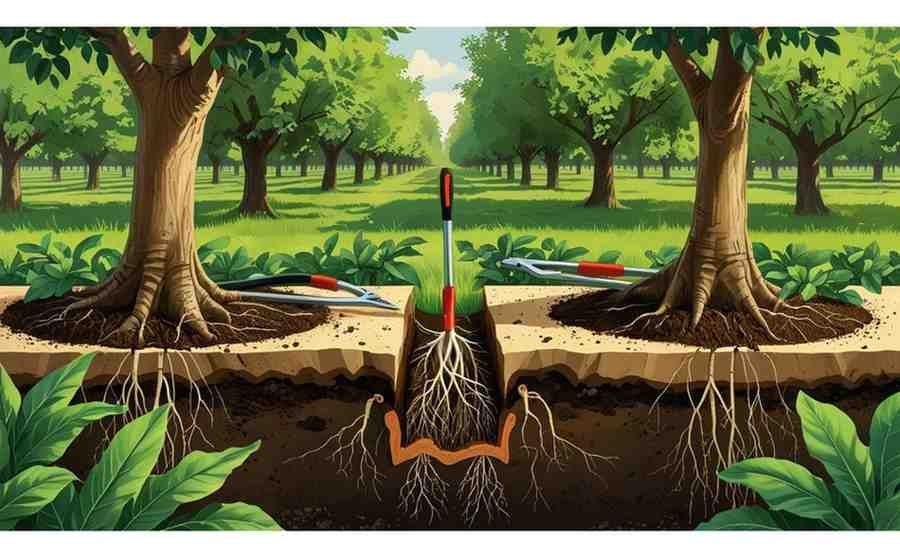
If you’ve ever wondered why some orchards have perfectly sized trees — not too tall, not too bushy — it’s often root pruning at work. In fruit farming, this method can improve quality and predict harvest size. For example, apple farmers in Himachal use root pruning before winter dormancy to prepare trees for heavy flowering in spring. This keeps the energy of the tree focused, preventing wild growth. The roots will also stay close to the source of water in drip irrigation systems. That’s smart farming in action.
Root Pruning for Transplanting
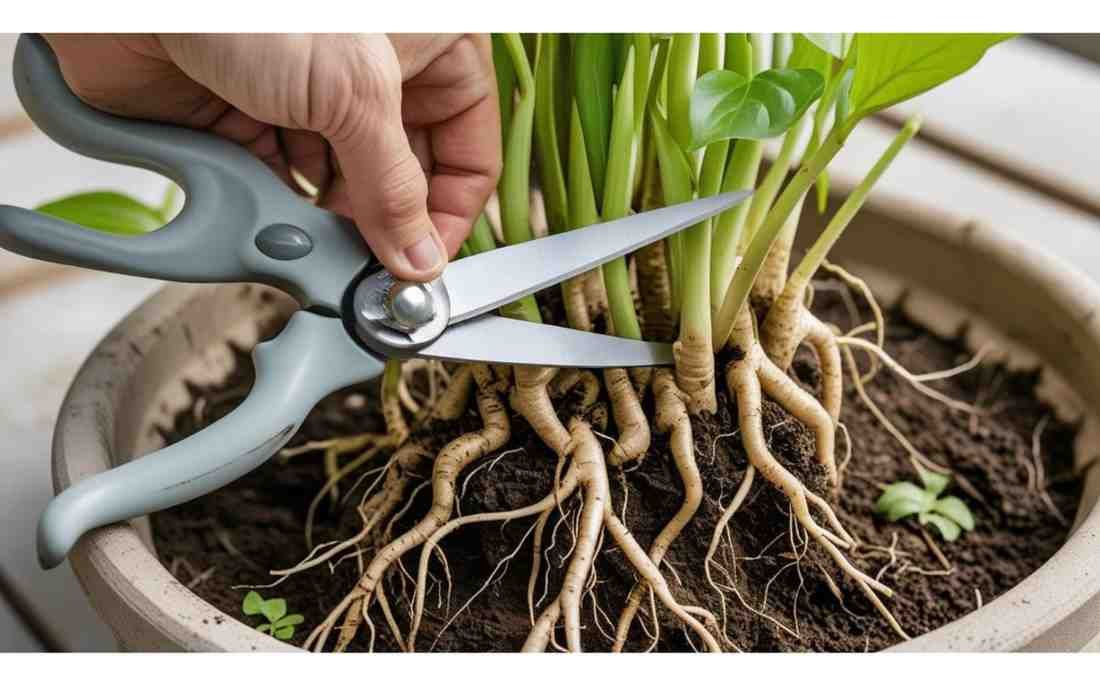
This is probably the most common use of root pruning in agriculture. Before moving a plant from one spot to another, farmers cut some roots weeks in advance. Why? So the plant can grow new feeder roots inside the root ball. It will have a strong, compact system that is ready to go in its new home. Transplants that are not given this treatment often struggle or even die. You can think of it as packing before moving. Only keep the necessities and neatly organize them.
Potential Risks and Mistakes
Root pruning isn’t risk-free. The plant will not grow back if you overcut. Stress levels can skyrocket if you prune at the wrong time of year. The biggest agricultural mistake is to underestimate the soil moisture requirements after pruning. New roots are thirsty. Neglecting water can undo all the benefits. Another common error? Using blunt tools. Jagged cuts invite disease. A clean cut heals faster and keeps the root system healthy. And remember — some plants simply don’t respond well to root pruning. Always know your crop.
Tools Used in Root Pruning
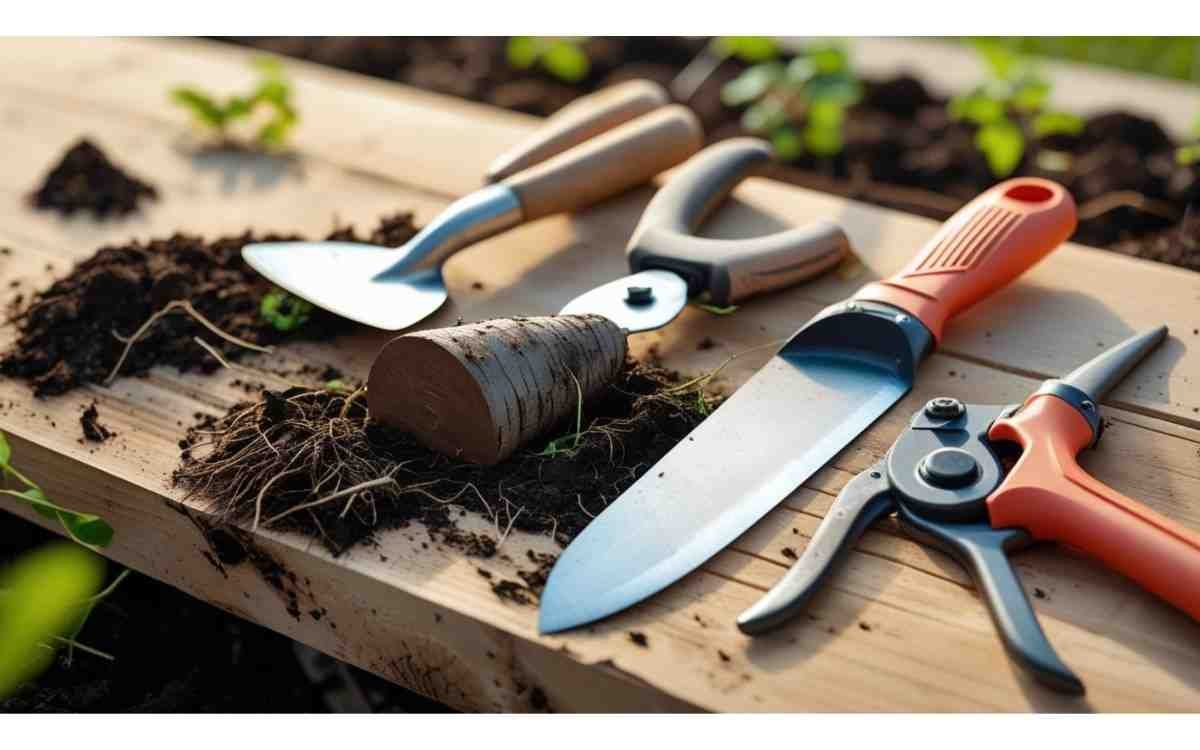
Root pruning is a mechanical process that can be used in large-scale farming. The blades and discs mounted on tractors are used by farmers to cut through the soil. Simple tools such as spades, pruning saws, or root knives are sufficient for smaller gardens and farms. Some people use shears and hand pruners to trim potted plants. Whatever the tool, sharpness is key. Clean tools also matter — soil-borne pathogens can enter through fresh cuts. A quick disinfect with bleach solution can save you trouble later.
Root Pruning in Container Farming
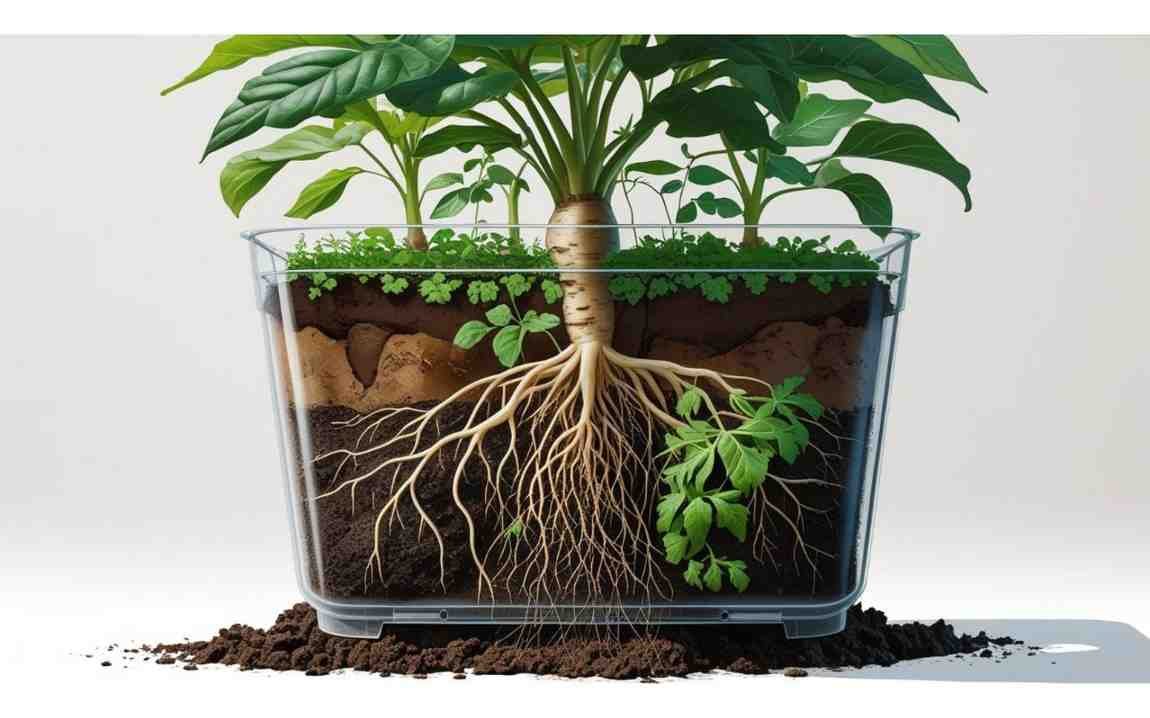
Urban agriculture and greenhouse farming use root pruning, too, but differently. In containers, roots can circle and choke themselves — a condition called root-bound. By trimming them, you give the plant more room to grow fresh feeder roots. Some containers even have “air pruning” designs where roots hit the side, dry out slightly, and naturally branch out. This is the modern twist to an old farming trick.
Signs a Plant Needs Root Pruning
Sometimes, plants tell you when they need root pruning:
- Water drains too slowly or too quickly.
- Growth has stalled despite good care.
- Roots are visibly circling in the pot.
- Fruits or flowers are fewer than expected.
- Leaves turn yellow even with proper nutrients.
In agriculture, these signs are especially important for high-value crops where every yield counts.
Root Pruning vs. Root Damage
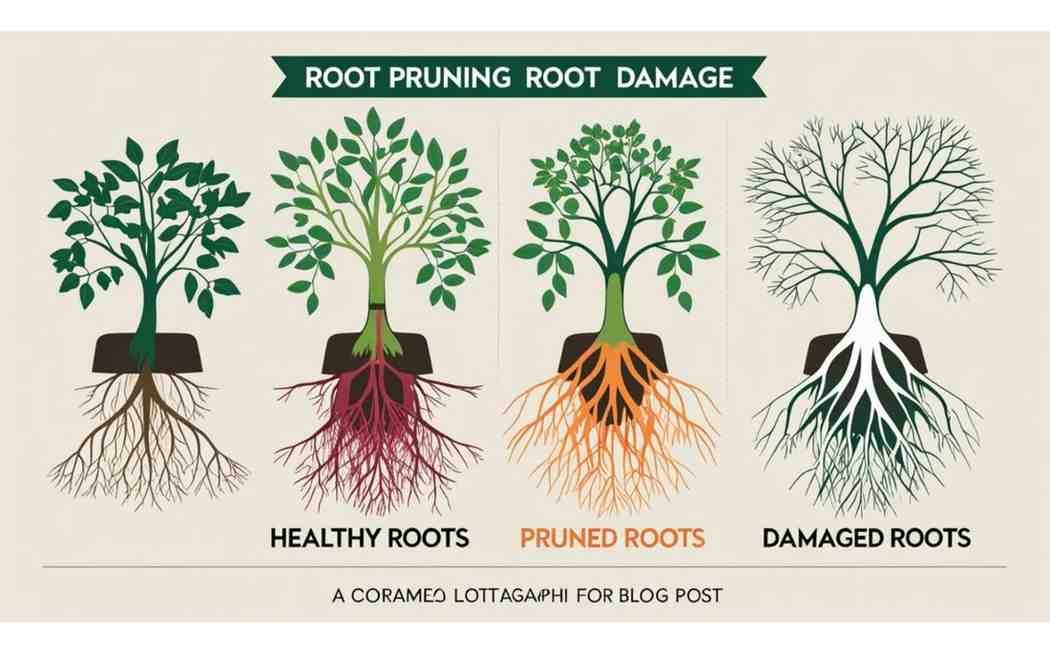
There’s a difference. Root pruning is planned, controlled, and beneficial. Root damage is accidental and often harmful. For example, hitting a tree’s roots with heavy machinery can cause stress and decay. The key difference is intent and execution. Farmers practising root pruning know exactly where and how to cut. Random damage is like surgery without a doctor — unpredictable and risky.
Root Pruning and Water Management
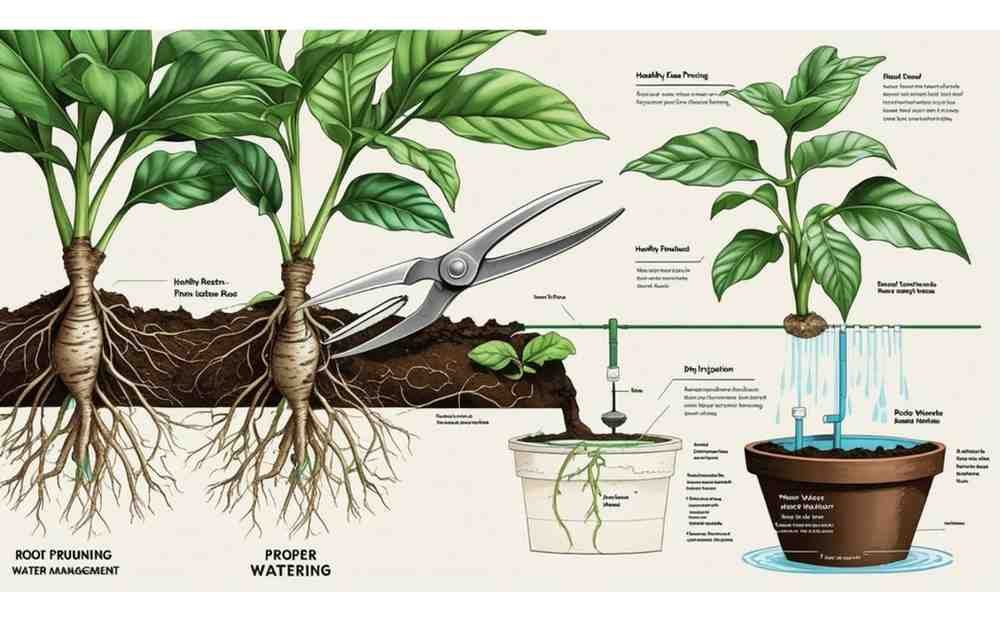
Here’s something interesting — root pruning can reduce a plant’s water demand in some cases. By controlling root spread, farmers keep plants from pulling moisture from far-off dry zones. This helps in drought-prone areas. But it’s a balancing act. Too little root spread and the plant won’t find enough water during dry spells. This is why farmers often combine root pruning with mulching and targeted irrigation.
Eco-Friendly Aspect of Root Pruning
Sustainable agriculture can include root pruning. Farmers can control the size of plants and their productivity by using physical methods instead of chemical growth regulators. The soil is left untouched by harmful chemicals, and it’s easy to use. In organic farming, this makes root pruning a valuable tool. It also improves soil aeration where the trenching method is used, encouraging earthworm activity — a double win for soil health.
Famous Crops That Respond Well
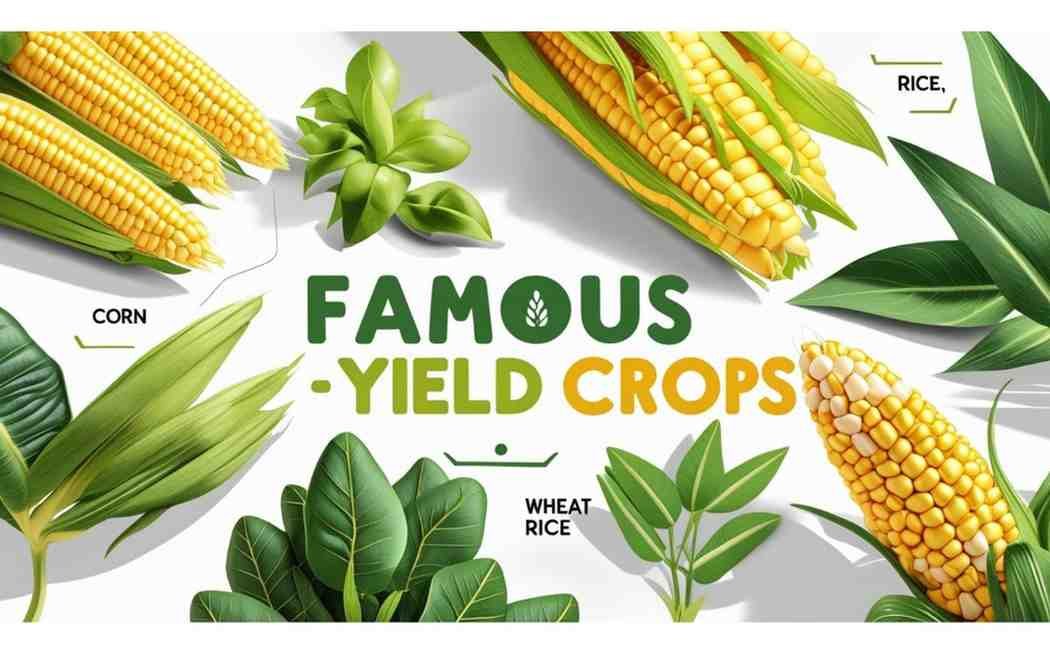
Not all crops need root pruning. But some respond incredibly well:
- Mango
- Apple
- Peach
- Citrus trees
- Grapevines
- Potted ornamentals
- Bonsai (yes, still agriculture in a way)
These crops often see better yields, controlled size, and improved quality after careful root pruning.
Root Pruning – A Tradition with Modern Science
What’s fascinating is how old this technique is. Historical farming records from Japan, China, and even the Middle East show farmers root pruning centuries ago. Today, agricultural science backs it up with data on root physiology, plant hormones, and yield statistics. What was once “folk wisdom” is now a recognized agronomic practice. And still, many farmers just call it “cutting the roots a bit.”
Final Thoughts – The Hidden Power Under the Soil
Root pruning isn’t flashy. There’s no dramatic before-and-after like with pruning branches. But the results are real. Stronger roots. Healthier plants. Better yields. In agriculture, it’s one of those small interventions with big payoffs. Next time you see a thriving orchard or a perfectly balanced greenhouse crop, remember — the secret might be happening underground. Silent. Invisible. But powerful.


